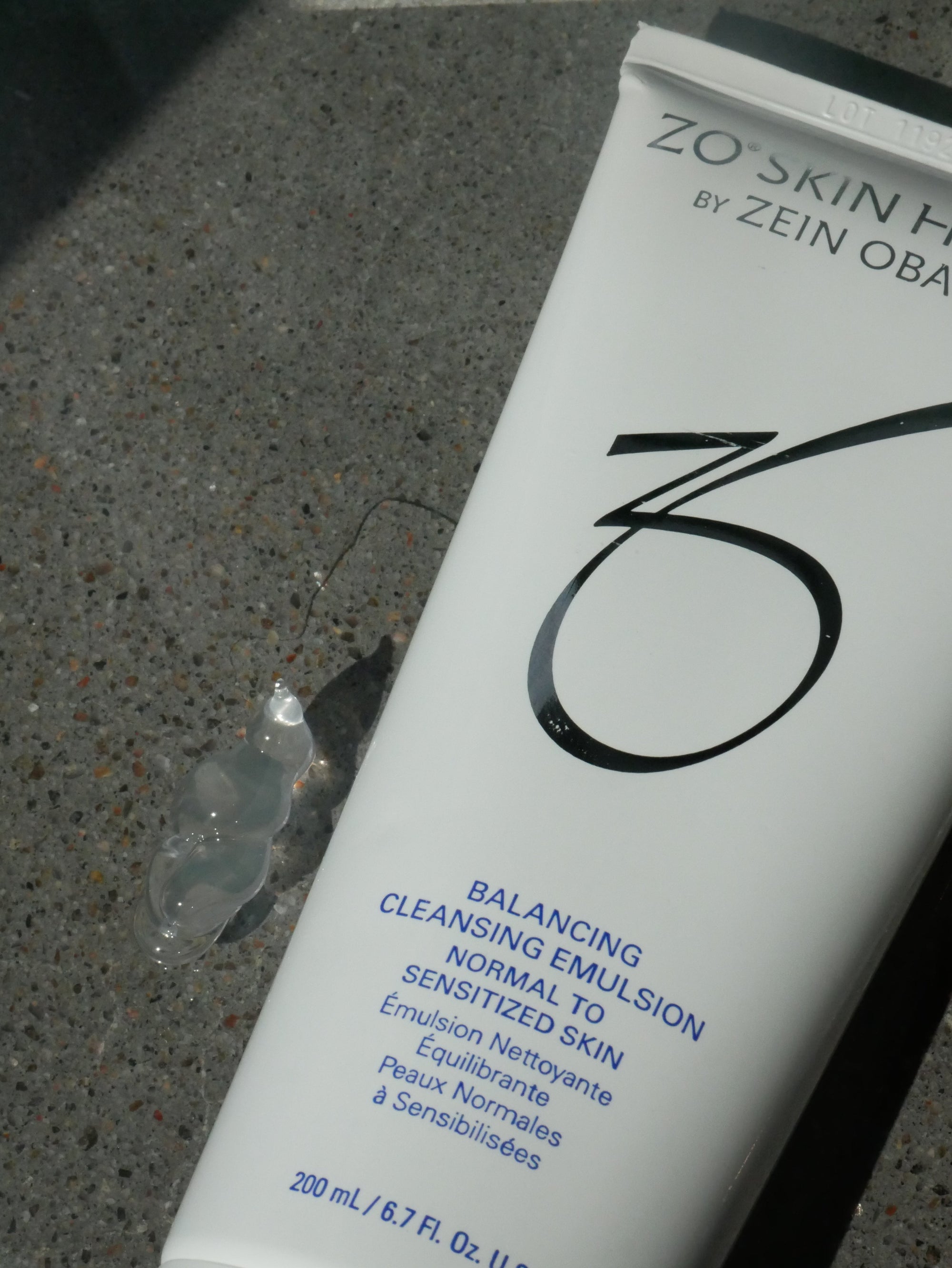In the world of skincare, alpha-hydroxy acids (AHAs), beta-hydroxy acids (BHAs), and enzymes are powerful ingredients that can transform the texture and appearance of your skin. In this article, we will explore how these exfoliating agents work, their benefits in topical application, and how to effectively incorporate them into your skincare routine.
1. What are AHA and BHA?
- AHA - Alpha-Hydroxy Acids
AHAs are water-soluble acids, typically derived from natural sources such as fruits (for example, glycolic acid from sugar cane or lactic acid from milk). They are primarily used to exfoliate the surface of the skin.
- BHA - Beta-Hydroxy Acids
BHAs, on the other hand, are oil-soluble. The most well-known is salicylic acid, which penetrates deeply into the pores. This makes it particularly effective for treating oily and acne-prone skin.
2. Mechanism of Action
- Exfoliation
AHA and BHA work by dissolving the bonds between dead skin cells, allowing for gentle exfoliation. This helps to remove dead cells, reveal fresher skin, and improve texture.
- Improvement of Texture and Complexion
Regular use of these acids can help reduce the appearance of wrinkles, fine lines, and pigmentation spots. By deeply exfoliating the skin, they promote a more even and radiant complexion.
- Anti-Inflammatory Action
BHAs, particularly salicylic acid, have anti-inflammatory properties that help soothe redness and irritation, which is beneficial for sensitive or acne-prone skin.
3. Enzymes: A Gentle Exfoliation
- What are Enzymes?
Exfoliating enzymes, often derived from fruits like papaya (papain) or pineapple (bromelain), work by breaking down the proteins that bind dead skin cells. This allows for gentle exfoliation without irritation.
- Benefits of Enzymes
Enzymes are ideal for sensitive skin, as they exfoliate more gently than acids. They also improve hydration and promote a radiant complexion without causing redness.
4. Topical Application - Usage Tips
- Start Slowly:
- Frequency:
- Sun Protection:
5. Combine the Ingredients
- Joint Use
You can incorporate AHA, BHA, and enzymes into your routine, but it is recommended to have professional guidance to ensure you do not over-exfoliate your skin. For example, you could use an AHA product one day, a BHA another day, and enzymes on the remaining days. This will help avoid any irritation.
In conclusion, AHA, BHA, and enzymes are powerful allies for improving the health and appearance of your skin. By wisely incorporating them into your skincare routine, you can enjoy smoother, more radiant skin and an even complexion. Remember to listen to your skin's needs and adjust your routine accordingly.
If you have any questions about using these assets or would like personalized recommendations, feel free to consult our team of skincare experts.


